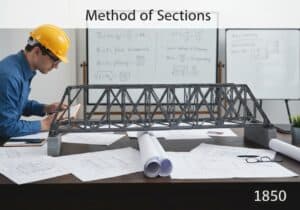The Seven Basic Tools of Quality are a set of graphical techniques identified by Kaoru Ishikawa for troubleshooting quality-related issues. These tools are: Cause-and-effect diagram (fishbone), Check sheet, Control chart, Histogram, Pareto chart, Scatter diagram, and Stratification (often presented as a flowchart). They are considered ‘basic’ because they are simple to use and require little formal statistical training.
Seven Basic Tools of Quality
- Kaoru Ishikawa
Kaoru Ishikawa advocated that up to 95% of quality-related problems in the workplace could be solved with these seven fundamental tools. Their power lies in their simplicity and visual nature, which makes them accessible to the entire workforce, not just quality engineers. The Cause-and-Effect Diagram (or Fishbone Diagram) helps identify, sort, and display possible causes of a specific problem. The Check Sheet is a structured form for collecting and analyzing data. Control Charts are used to study how a process changes over time and to determine if it is in a state of statistical control. A Histogram is a graphical representation of the distribution of numerical data. The Pareto Chart, based on the Pareto principle, is a bar graph that shows which factors are more significant. The Scatter Diagram graphs pairs of numerical data to look for a relationship between two variables. Finally, Stratification is a technique to separate data gathered from a variety of sources so that patterns can be seen. Sometimes, a Flowchart is included as the seventh tool to visually map the steps in a process. Together, these tools provide a structured way for teams to collect data, analyze it, identify root causes, and find solutions, forming the backbone of quality circles and shop-floor continuous improvement activities.
Tipo
Disrupción
Utilización
Precursores
- control estadístico de procesos charts (walter a. shewhart)
- pareto principle (vilfredo pareto, joseph m. juran)
- flowcharting techniques
- basic statistical graphing methods
Aplicaciones
- seis sigma dmaic (define, measure, analyze, improve, control) projects
- inclinarse fabricación problem-solving workshops
- root cause analysis in engineering and IT support
- process analysis and improvement in healthcare
- data analysis in service industries to understand customer complaints
Patentes:
Posibles ideas innovadoras
Membresía obligatoria de Professionals (100% free)
Debes ser miembro de Professionals (100% free) para acceder a este contenido.
DISPONIBLE PARA NUEVOS RETOS
Ingeniero Mecánico, Gerente de Proyectos, Ingeniería de Procesos o I+D
Disponible para un nuevo desafío a corto plazo.
Contáctame en LinkedIn
Integración de electrónica de metal y plástico, diseño a coste, GMP, ergonomía, dispositivos y consumibles de volumen medio a alto, fabricación eficiente, industrias reguladas, CE y FDA, CAD, Solidworks, cinturón negro Lean Sigma, ISO 13485 médico
Estamos buscando un nuevo patrocinador
¿Su empresa o institución se dedica a la técnica, la ciencia o la investigación?
> Envíanos un mensaje <
Recibe todos los artículos nuevos
Gratuito, sin spam, correo electrónico no distribuido ni revendido.
o puedes obtener tu membresía completa -gratis- para acceder a todo el contenido restringido >aquí<
Invención, innovación y principios técnicos relacionados













